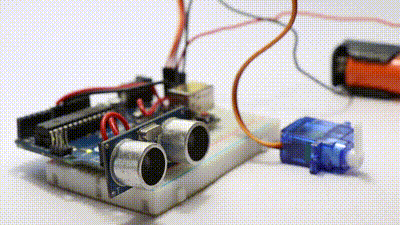How do Ultrasonic Flow Meters Work?
What are Ultrasonic Devices?
Ultrasound (ultrasonic) waves are above the audible level which humans can hear although some animals use ultrasound as part of their sensing.
Ultrasonic devices are all around us and have many applications from distance monitoring, object detection, thickness measurement, non-destructive testing and even visualizing objects. Most people will be familiar with an ultrasound evaluation during pregnancy. All of these technologies use a sensor or sensors, which transmit and receive ultrasonic signals. These signals are processed or converted by electronic modules which act “in a sense” like an oscilloscope. Some electronics will have a simple function like measuring a frequency shift or echo, while more complex devices will be looking at additional signals and how they behave.

There are several different technologies available to measure the flow rates of open channels and full pipes which have often been ignored because of the popularity of the transit time technique for measuring flow rates. Some of the other methods include ultrasonic doppler shift using continuous waves, pulsed waves and both. The term transit time flow meter is a now a loose term covering a wide array of measurement techniques that might depend on the measurement of a phase shift, the time of a pulse (or pulses) from one sensor to another through a medium such as air or water. Knowing this, it is easier to understand that not all transit-time meters are the same.
As mentioned previously, the popular types called “transit time” or just “ultrasonic” normally work by the principle that at zero flow, the time taken for an ultrasonic wave from A to B and B to A will be the same i.e they will have a difference/ delta of 0. When flow is introduced, this is not the case anymore. The video explanation (compliments of EESIFLO) attempts to explain this basic concept in less than a minute.

How Ultrasonic Flowmeters work? Transit-Time Method Explained in less than a minute.
The above video explains how transit time is calculated by clamp-on ultrasonic flow meters. However, it would not be fair to confine ultrasonic flow measurement to a single technique or application since manufacturers exploit this technology in different ways, depending on what they are trying to achieve. There are many ways to detect and measure flow in a fluid using ultrasound such as continuous wave doppler, pulsed doppler, phase shift, transit time and cross-correlation chirp to name a few.
What about the Transit-Time Cross-Correlation Ultrasonic Flow Measurement technique?
This technique stands out among more simpler ultrasonic flow meter technologies because of advanced signal processing. The more data that can be received and processed intelligently means higher sampling rates, more data crunching and ultimately greater accuracy and repeatability.

View a Demonstration or try it for yourself
There are still a lot of doubts about clamp-on flow meter usability and usefulness. Our company introduced flow meter rental options so that end users can test and find out if these devices are going to be an important asset. Our main facility is in Rayville where we serve our local community in Louisiana, Houston Texas, Oklahoma, Arkansas and any state in the USA that is happy to have a product sent by FedEx.
For more information visit meterdata.com

